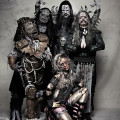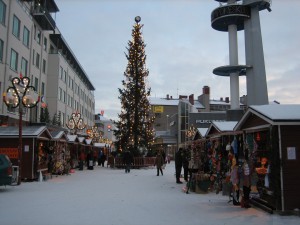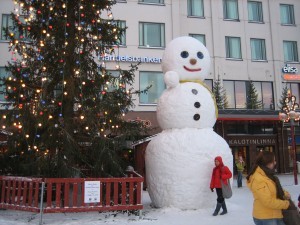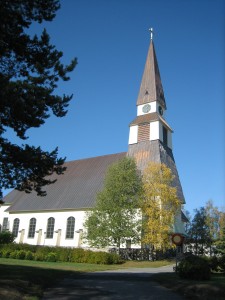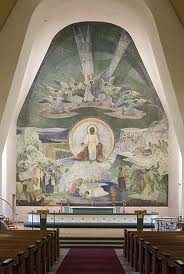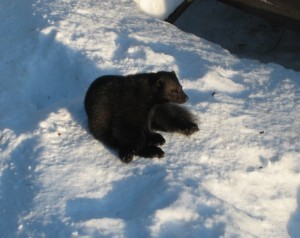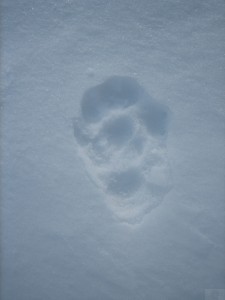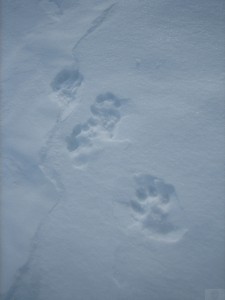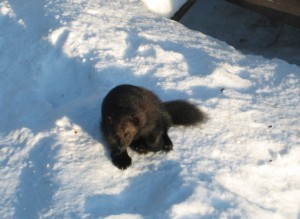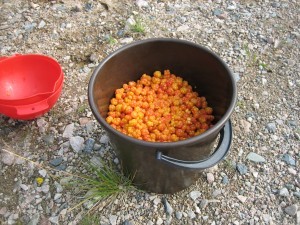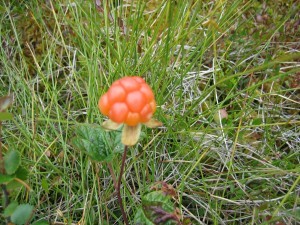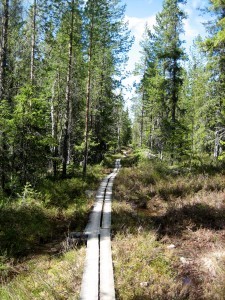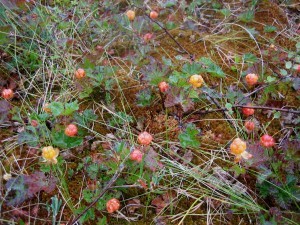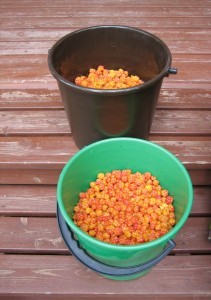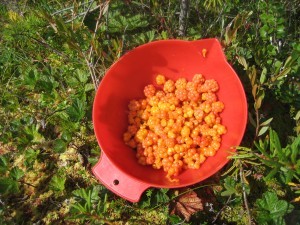The surroundings of snow and ice for approx. 7 months a year in Lapland has inspired the Lappish people to create ways and methods to take advantage of that fact. There are several occasions during winter that are related to snow or ice, like art exhibitions, buildings and happenings.
Snow and ice buildings and happenings related to snow are of course depending on the weather conditions, but with many years of experiences there have not been great problems so far. The winter is cold and snowy in Lapland.
A building that this year raises for the 19th time is the SnowCastle in the town of Kemi, about 100 km from Rovaniemi by the coast of the Gulf of Bothnia. The SnowCastle is already under construction and will be opened on January 25th 2014. The SnowCastle has different themes and both contents and architecture vary every year. Inside the castle there are light-effects on the ice-sculptures and the constructions. The SnowCastle will be open daily until the season ends on April 6th. This date could change depending on the weather conditions. Reservations can be done for the restaurant and for the chapel. Many couples get married here during the season. These pictures are from the SnowCastle in 2007.
The snow-building is also represented at the Arctic Circle in Rovaniemi. Every year there is something made of snow and ice. Even a whole log house made of only ice with an ice bar was built there in winter 2008-2009.
The Arctice Winter Wonderland with long snow slopes and a playground for children at the Arctic Circle is very popular. This year they have expanded with a building containing ice bar, art gallery and ice hotel.
In SantaPark you can visit the ice gallery. There are sculptures of wild animals living in the arctic regions. Last year’s visitor was Sid from the Ice Age movies. This year Niko the reindeer is visiting the Ice Gallery of SantaPark. There you can also meet the Ice Princess, try to sit on her throne and have a cold drink in glasses made from ice.
At the Lapland University there is a Snow Design Project running under the Faculty of Art and Design and the University has the knowledge of snow design that it wants to export to other parts of the world.
Earlier projects of snow design in Rovaniemi are such as these:
Many hotels around Lapland offer the customers possibilities to sleep in an igloo in combination to a hotel room. The night in an igloo is an extraordinary experience where you also get a certificate. You are provided with warm clothes and sleeping bags, the beds are comfortable and you always have the possibility to return into your hotel room if you find the igloo night too challenging.
At the Arctic Circle outside Rovaniemi, near the house of Santa Claus a new world, Arctice Winter World, has opened its doors this winter. You enter the world through the wooden house and for an entrance fee you can visit the ice bar with spectacular ice sculptures and the igloo hotel, everything made of just snow and ice. Outside the igloos there is a huge icy slope for downhill tobogganing.
The Arctice Winter world opened on December 5th, 2013 and is planned to keep open until the end of March this year. I was amazed by the igloo hotel. There were several rooms of different size and all with its special ice decorations on the walls. The beds looked tempting with comfortable madrasses. You can book a room on the home page and you get a sleeping bag to use. The walls in the hall are also decorated with outstanding sculptures.
All over the Arctice Winter world there were special colored lights. After the entrance you enter into the ice bar and café. On real reindeer hides the whole family can enjoy non-alcoholic or alcoholic warm or cold drinks. Cold drinks can also be served in real ice glasses.

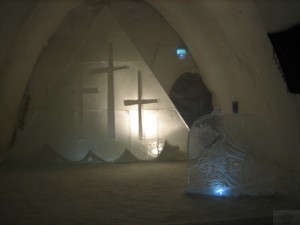
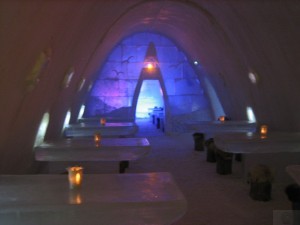
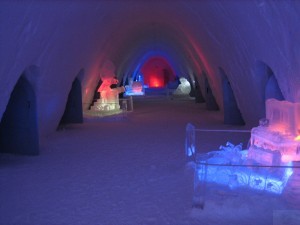
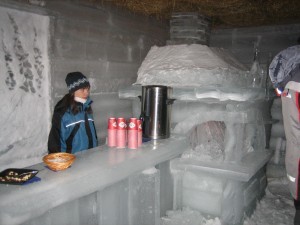


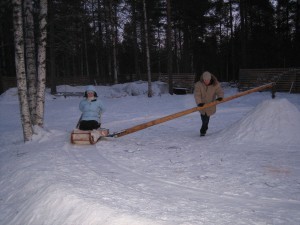
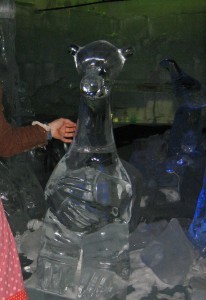
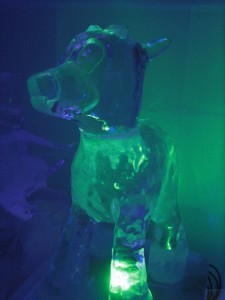
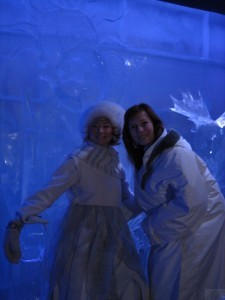
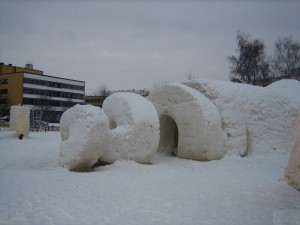
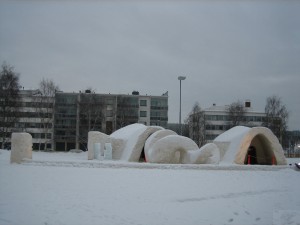

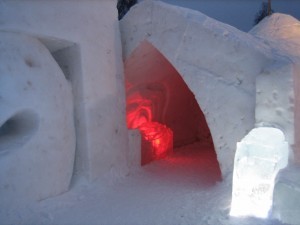
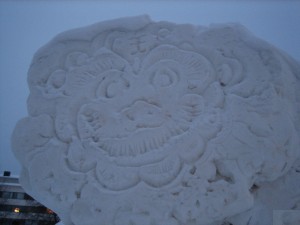
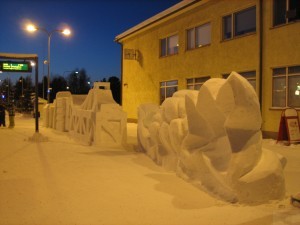
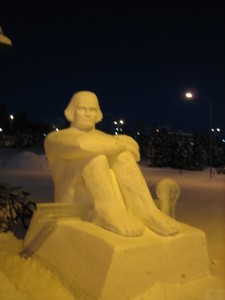
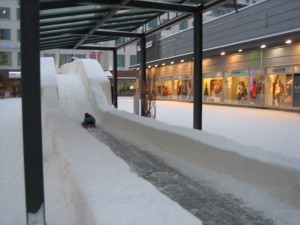
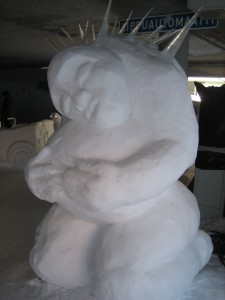
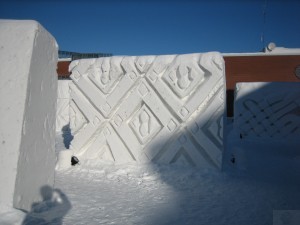

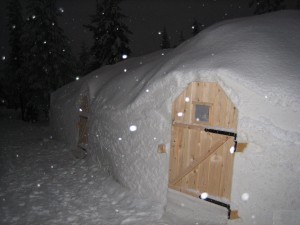




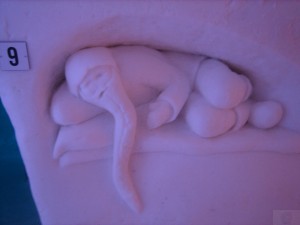
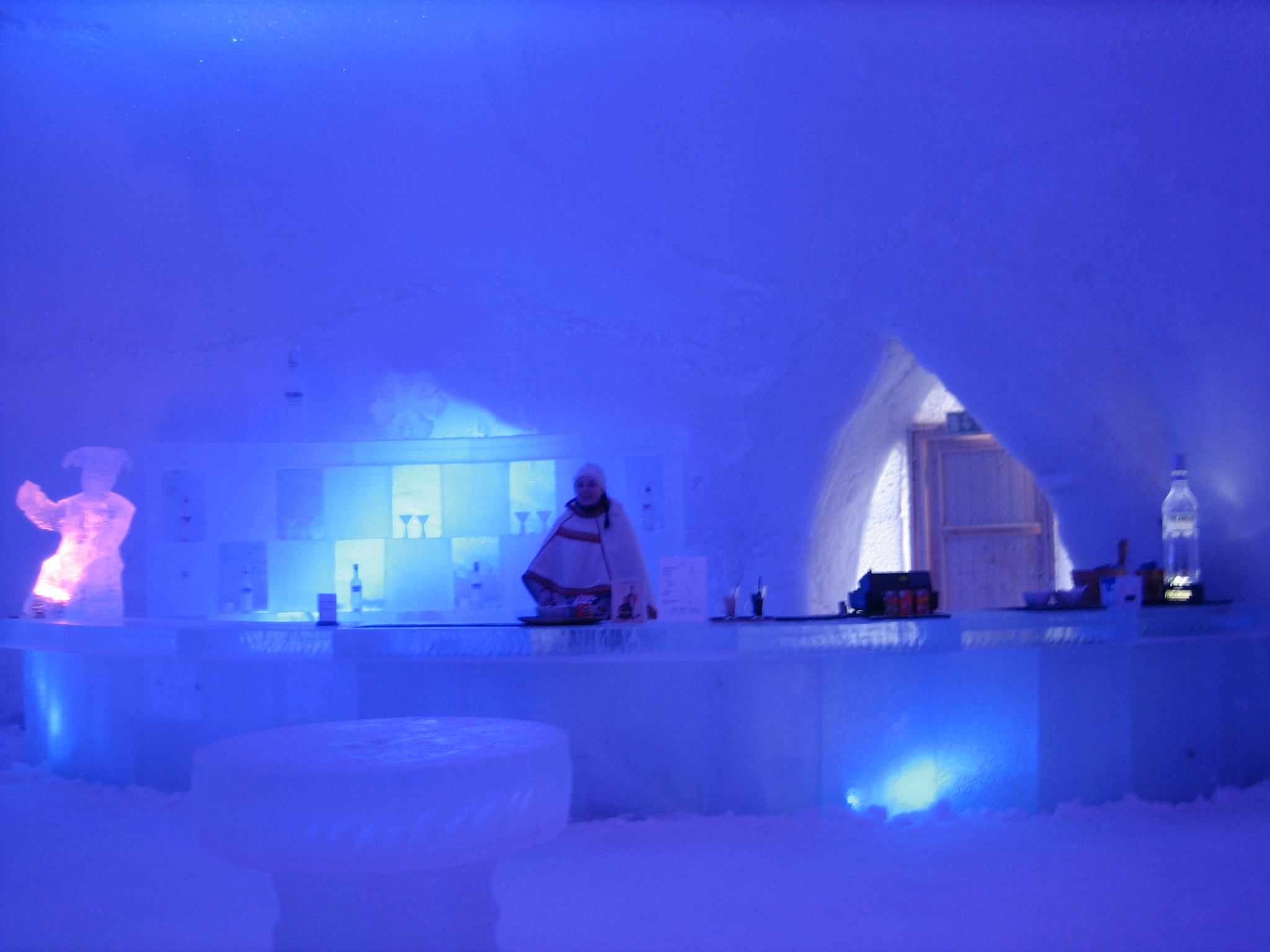

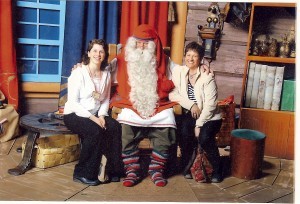

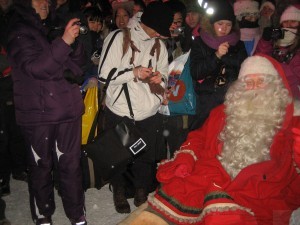



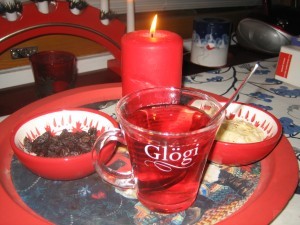

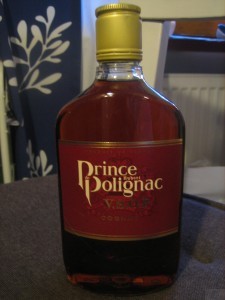
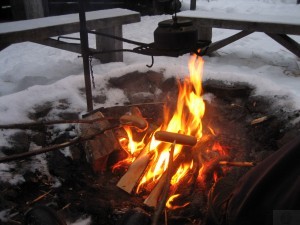
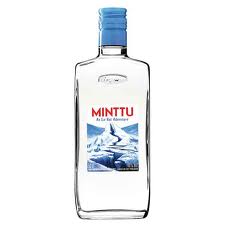

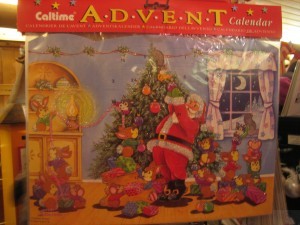






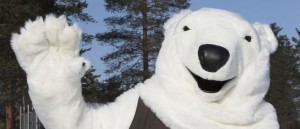


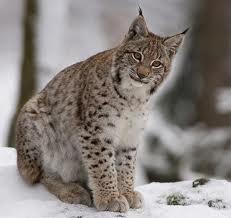
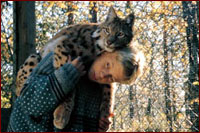
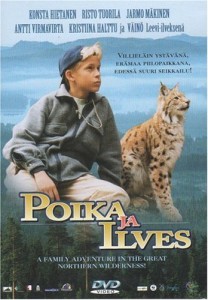

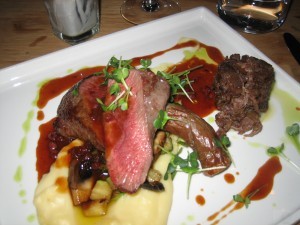
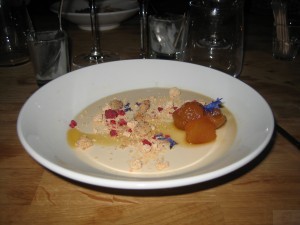






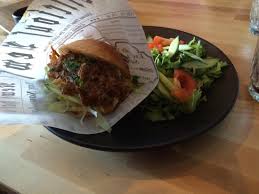
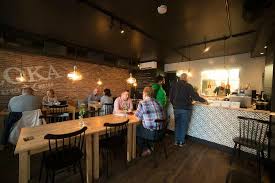
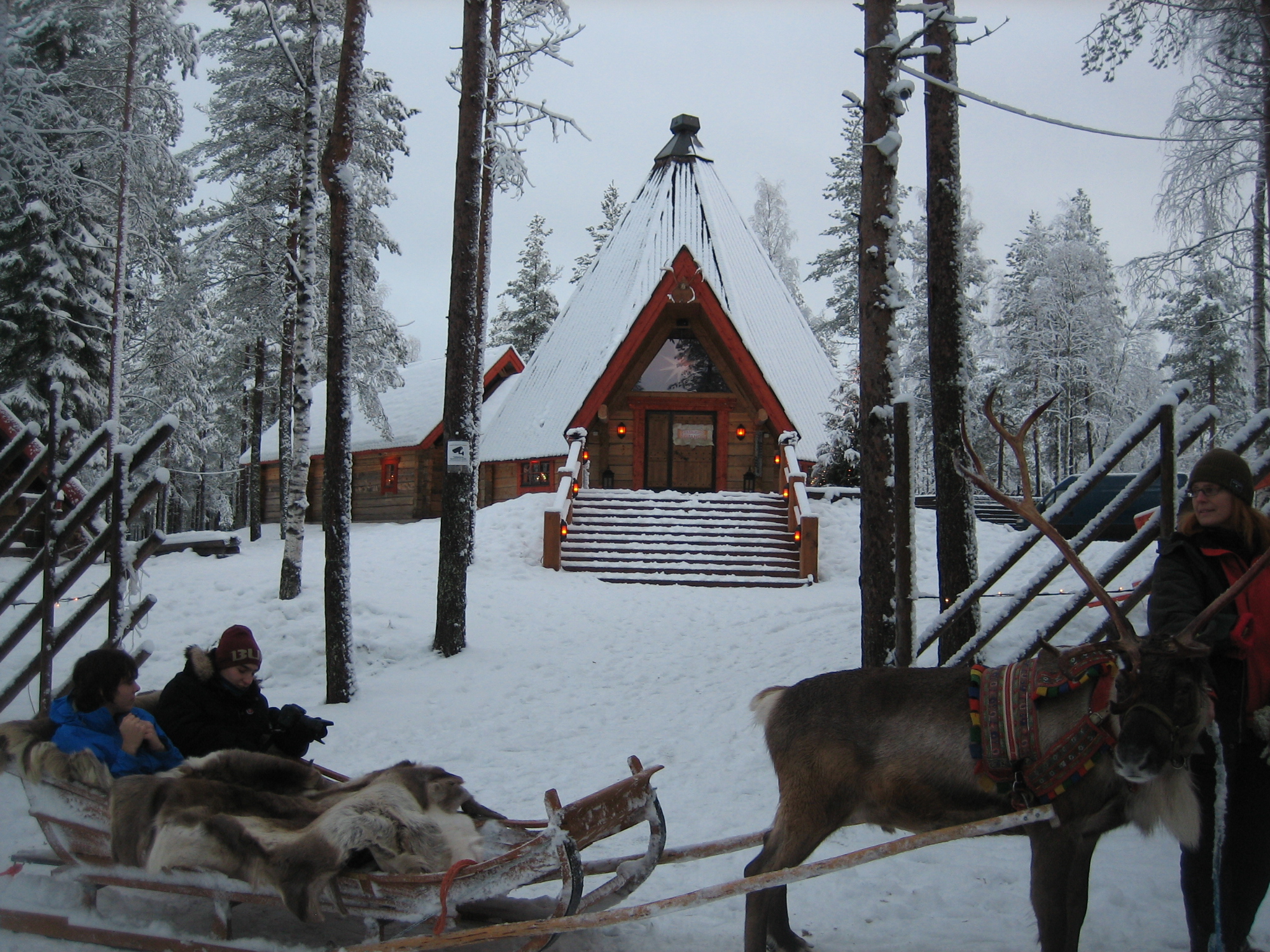

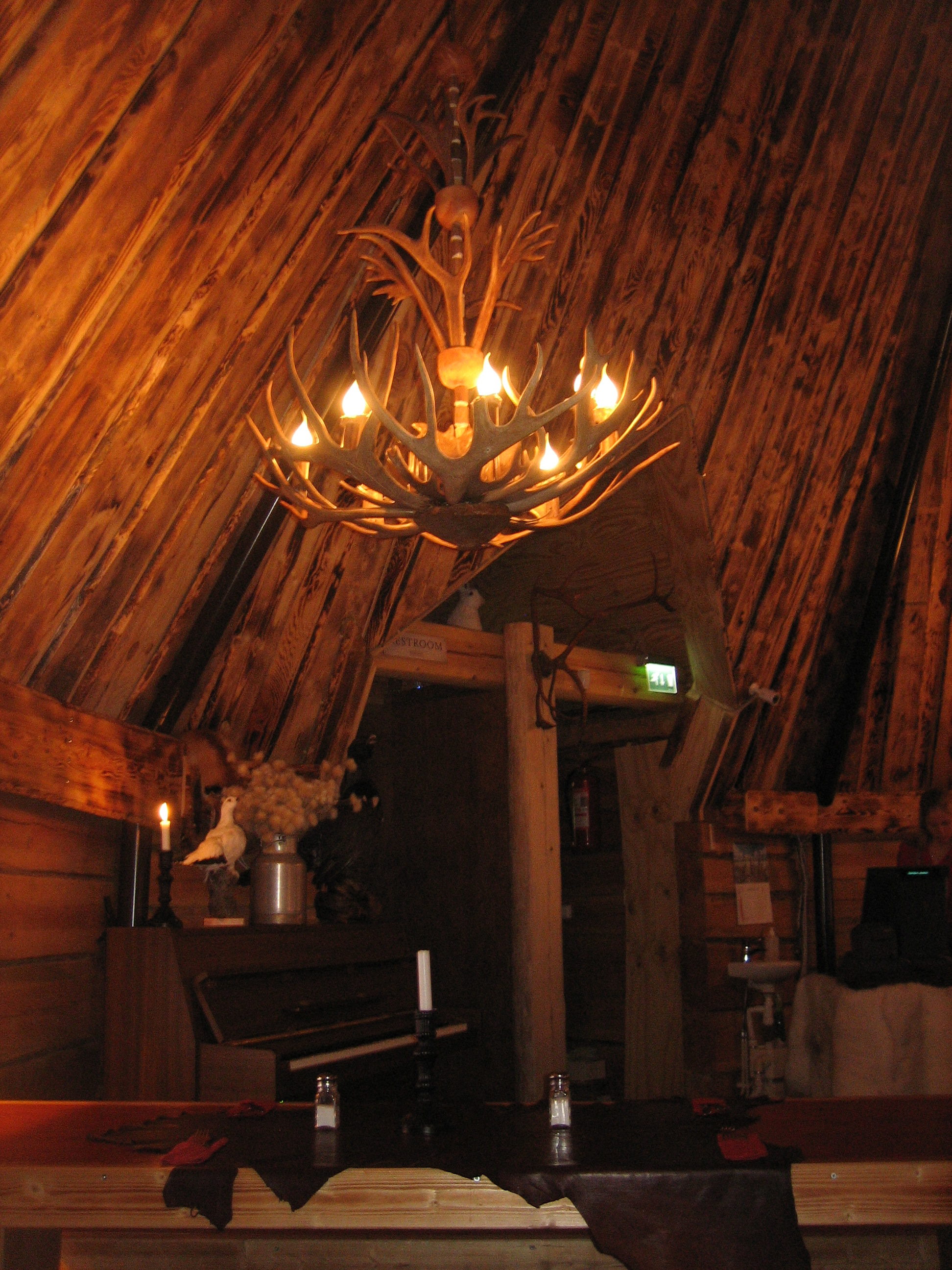


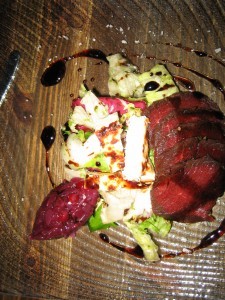

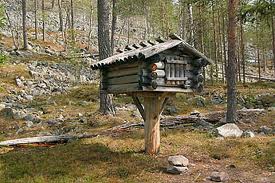
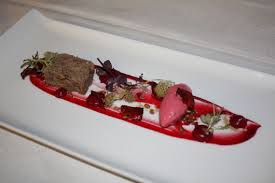
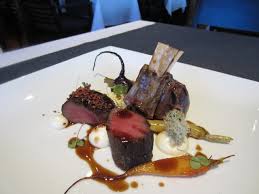

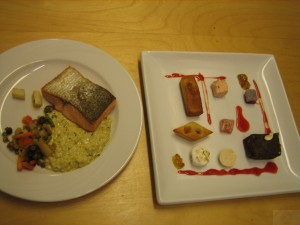
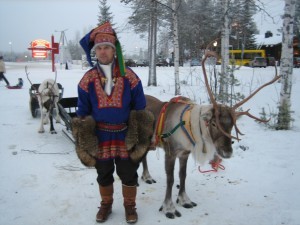
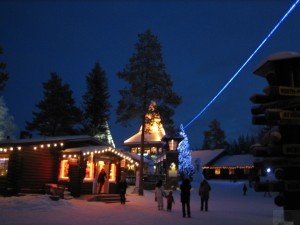
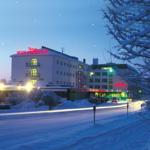
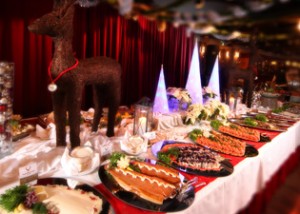

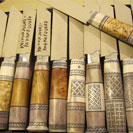






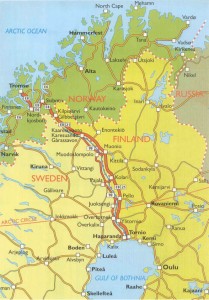
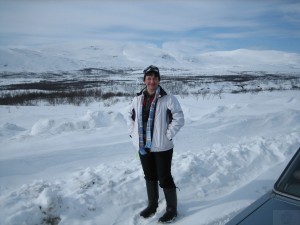
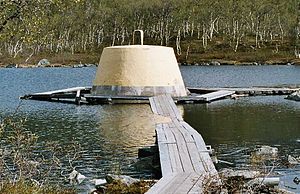 The name can be translated into English as “Three-Country Cairn”, and is named for the monument of stones erected in 1897 by the governments of Norway and Russia (which was administering Finland at that time). The Swedish could not agree on a boundary commission with the Norwegians and did not bring their stone until 1901. This is Sweden’s most northerly point and it is the westernmost point of the Finnish mainland.
The name can be translated into English as “Three-Country Cairn”, and is named for the monument of stones erected in 1897 by the governments of Norway and Russia (which was administering Finland at that time). The Swedish could not agree on a boundary commission with the Norwegians and did not bring their stone until 1901. This is Sweden’s most northerly point and it is the westernmost point of the Finnish mainland.
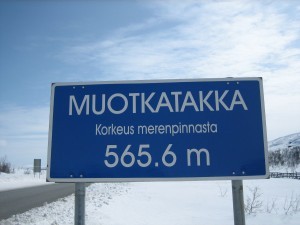
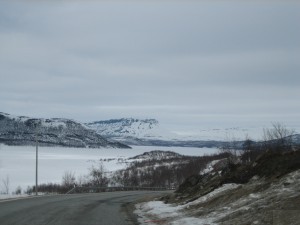

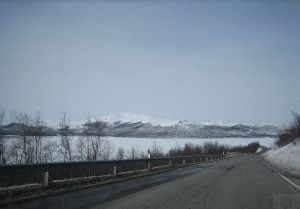
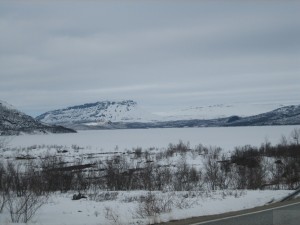
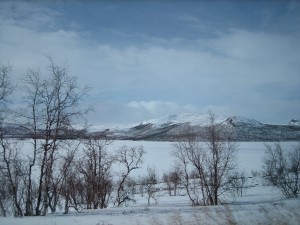
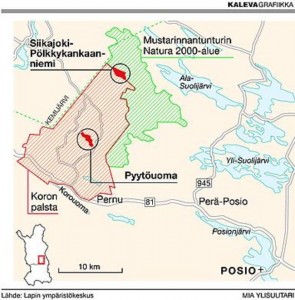
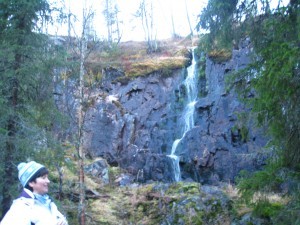
 To find this Pyytöuoma, you drive by car along road nr 81 from Rovaniemi towards
To find this Pyytöuoma, you drive by car along road nr 81 from Rovaniemi towards 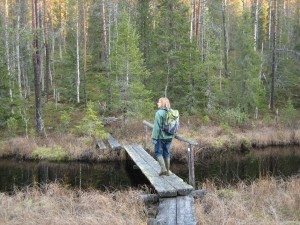
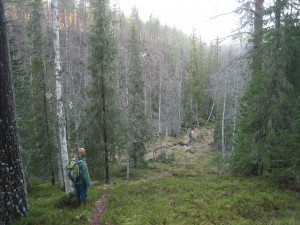
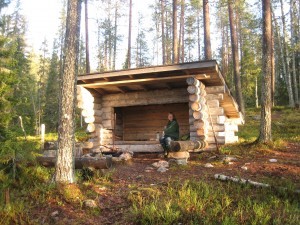
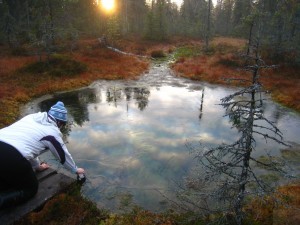
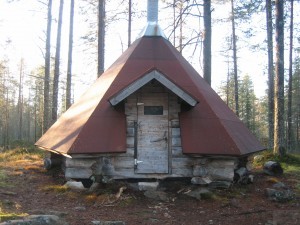
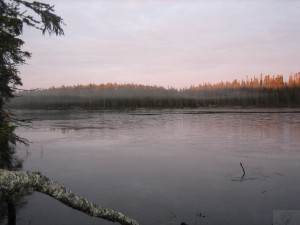
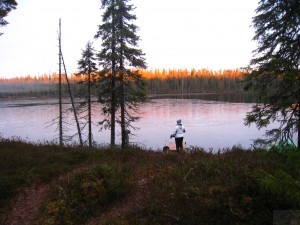
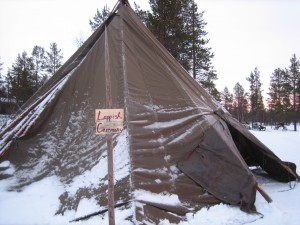

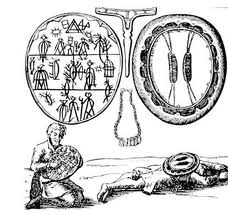

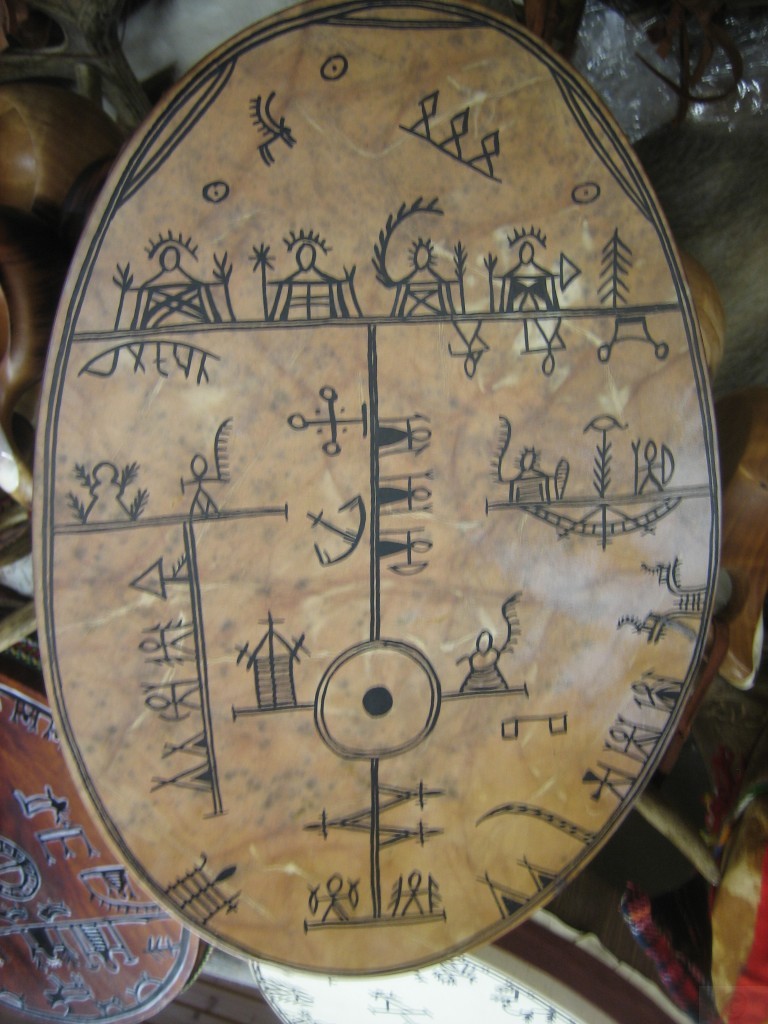

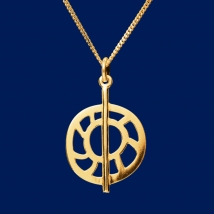

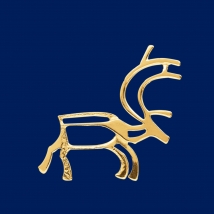
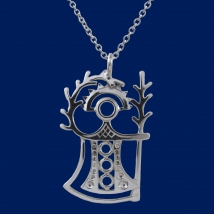
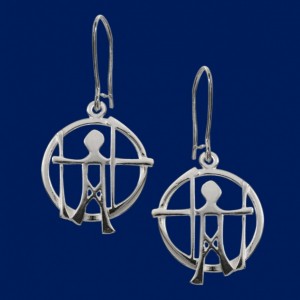
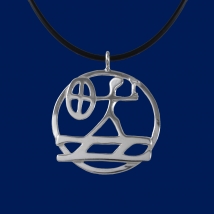

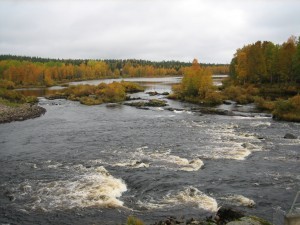
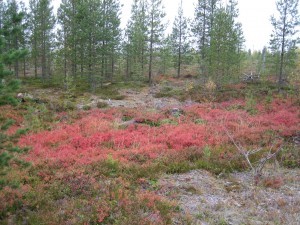 his phenomenon starts when the daylight hours decrease and the weather gets colder. Plants start to prepare for the long winter, the chlorophyll starts to move from the leaves into the branches, trunk and roots and this makes the colour cells in the leaves glow. The more the night-time temperatures fall below zero and the drier the weather, the more vibrant the array of colour. The birch turns a gentle shade of yellow, aspen turns red, and the leaves of blueberry and bog bilberry shrubs turn bright red.
his phenomenon starts when the daylight hours decrease and the weather gets colder. Plants start to prepare for the long winter, the chlorophyll starts to move from the leaves into the branches, trunk and roots and this makes the colour cells in the leaves glow. The more the night-time temperatures fall below zero and the drier the weather, the more vibrant the array of colour. The birch turns a gentle shade of yellow, aspen turns red, and the leaves of blueberry and bog bilberry shrubs turn bright red.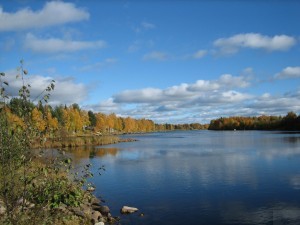
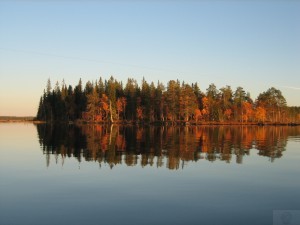
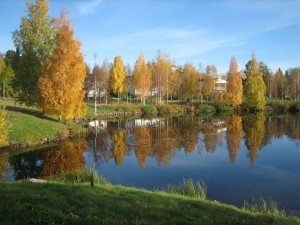
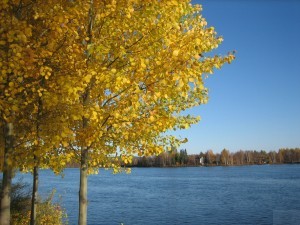
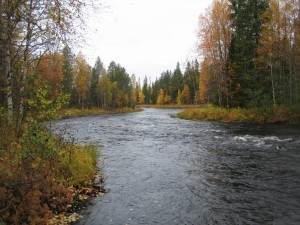


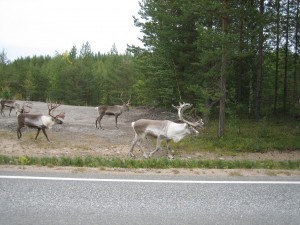
 In the city of Rovaniemi they have in the year 2010 gathered a file of reindeer (pororaito) in the park area outside the
In the city of Rovaniemi they have in the year 2010 gathered a file of reindeer (pororaito) in the park area outside the 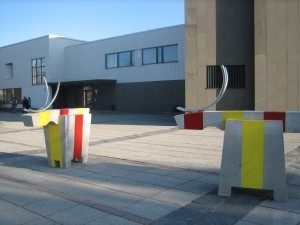
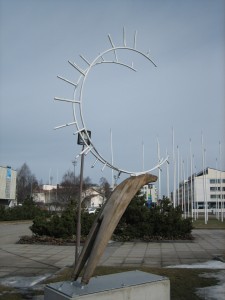
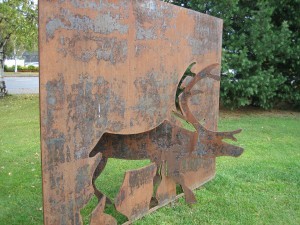
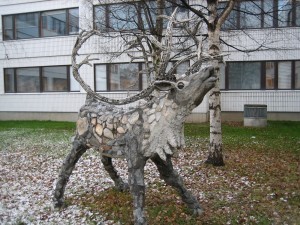
 Sauli Miettunen has also created the sculpture, “The calf” on the wall inside the Administrative center. It is made of stainless steel all over and consists of two different structures that make the calf look like it is moving as you watch it from different angles. Very beautiful. Sauli Miettunen describes his works: Everything is part of nature: the trees, the stones and the animals.
Sauli Miettunen has also created the sculpture, “The calf” on the wall inside the Administrative center. It is made of stainless steel all over and consists of two different structures that make the calf look like it is moving as you watch it from different angles. Very beautiful. Sauli Miettunen describes his works: Everything is part of nature: the trees, the stones and the animals.
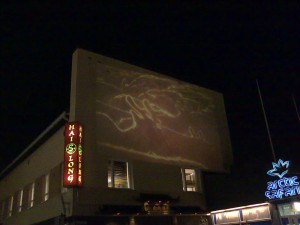
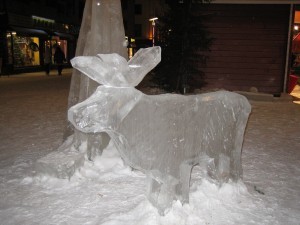





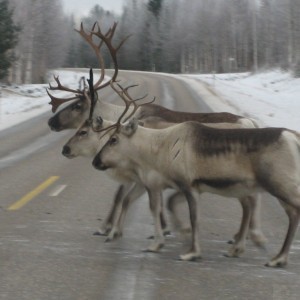
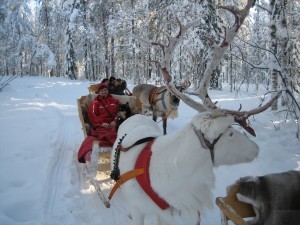
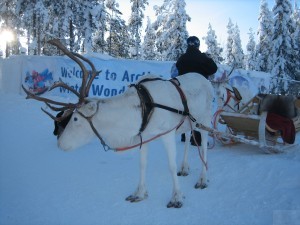

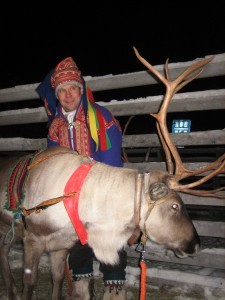
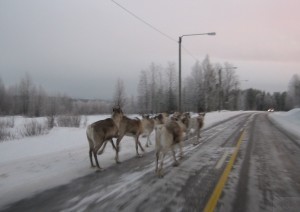
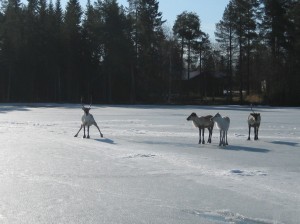
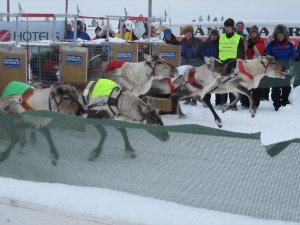



 In Rovaniemi they even have their own
In Rovaniemi they even have their own 